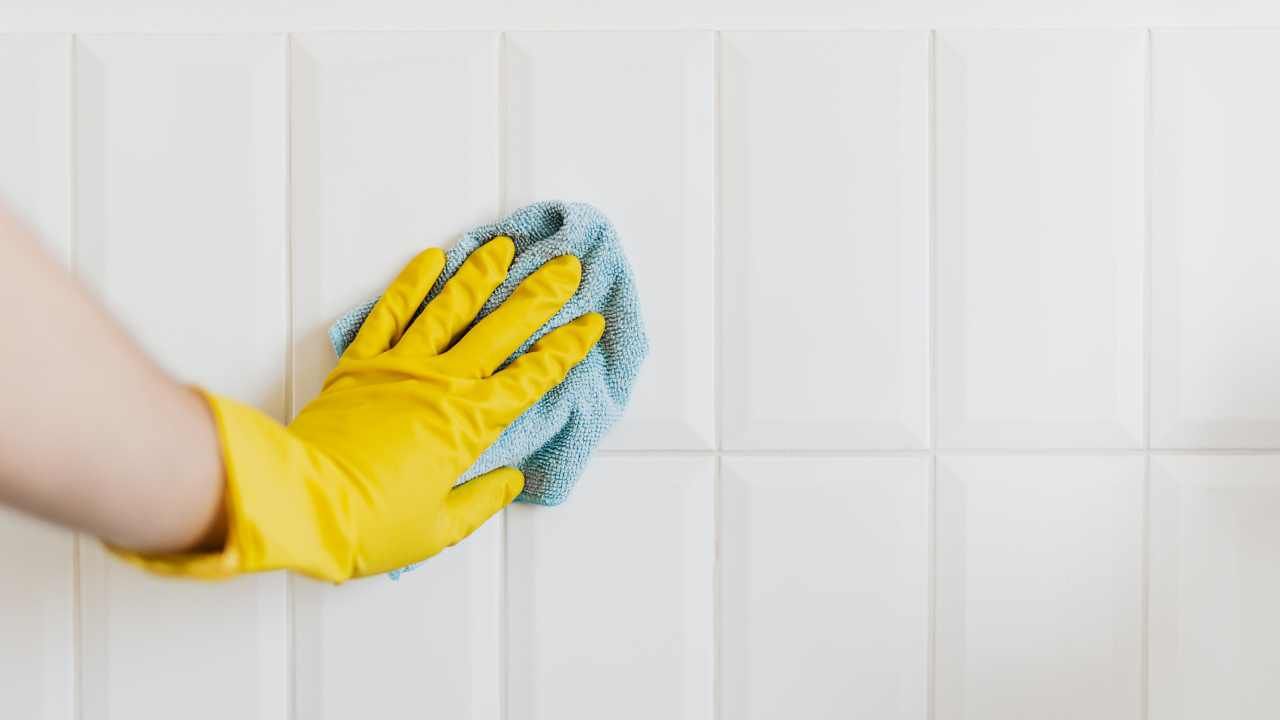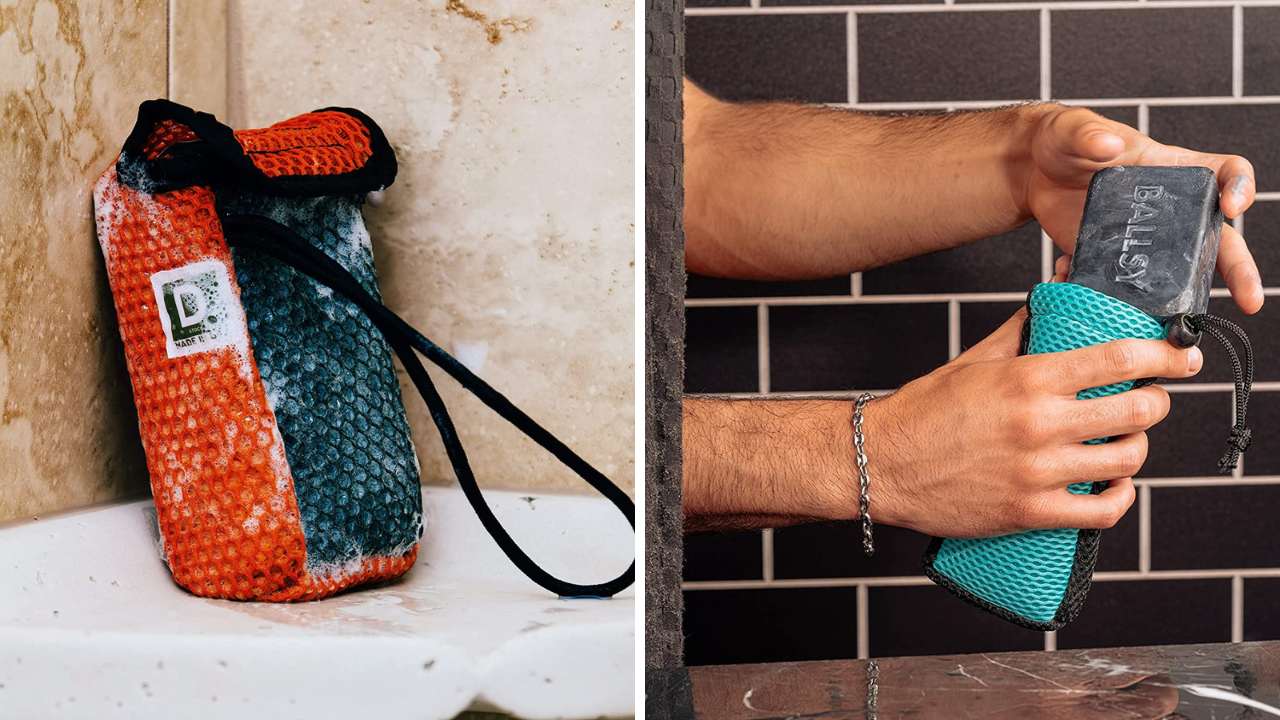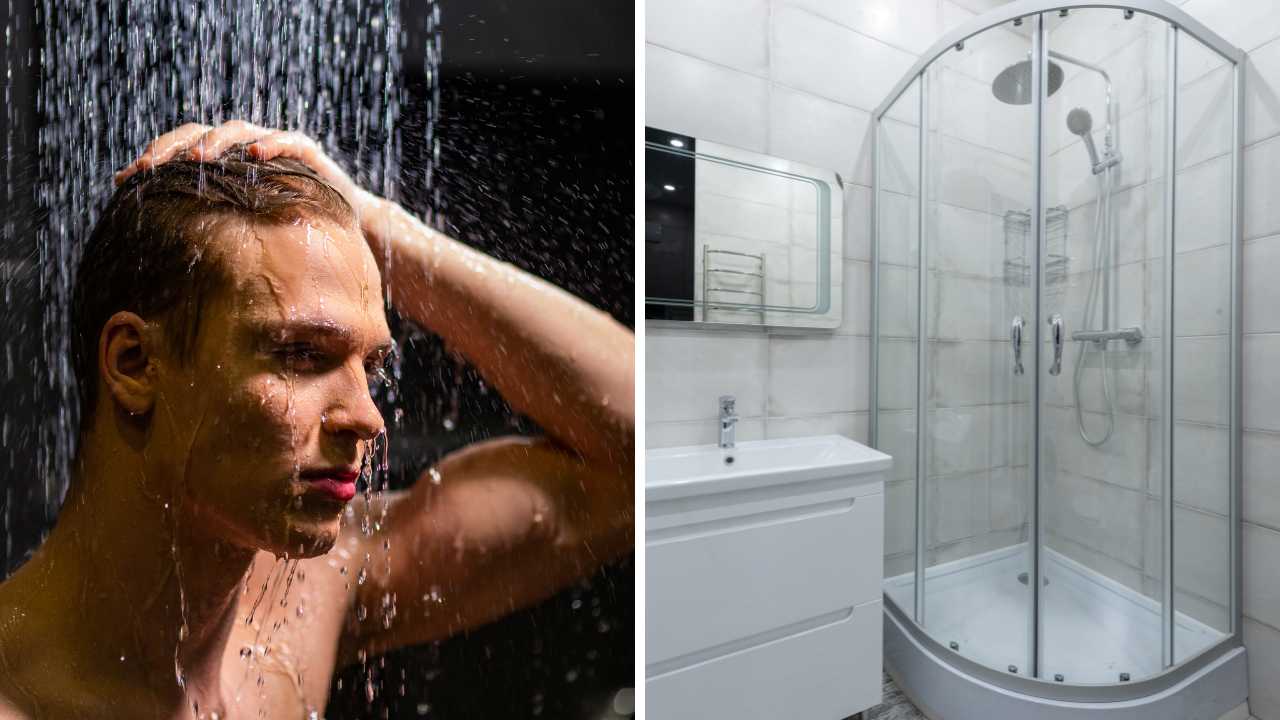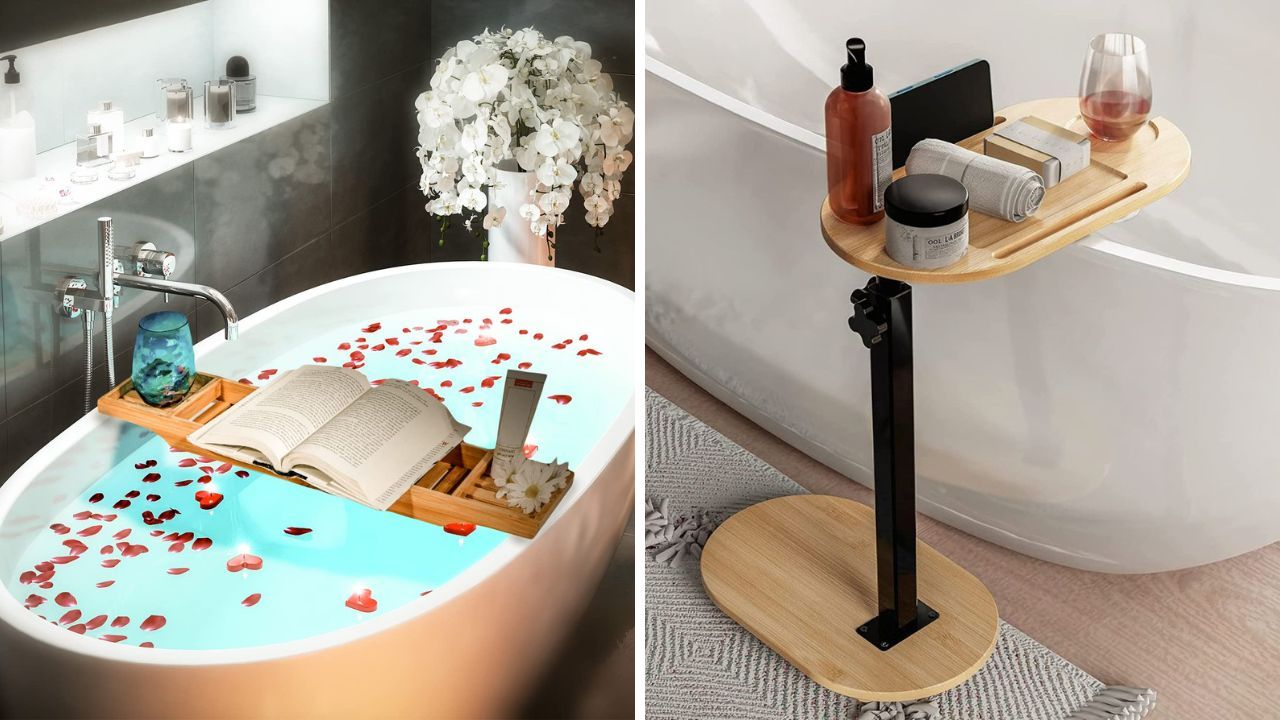How To Get Rid Of Mold In Bathroom: A Comprehensive Guide
Learn how to get rid of mold in the bathroom effectively with this comprehensive guide. Follow our simple steps for a healthier, cleaner space!

If you are concerned about your health because of mold in your bathroom you are not alone.
Bathrooms are the number one place that mold grows because of the constant moisture and poor ventilation most bathrooms have. Not only does it look grungy but it can have a negative effect on your health as well.
With the right tools and a little effort though, you can get rid of mold and keep it from forming again. That way your bathroom can be a safe haven for relaxation once again.
Identifying the Signs of Mold in Your Bathroom:
Mold is often found in damp, humid environments. That's why bathrooms are the perfect breeding ground for mold growth.
Some of the signs you will to be on the watch for are dark spots and discoloration on the ceilings and walls. Another overlooked place is the grout line in tiles, they tend to hold moisture and allow mold to grow.
If you are smelling a mildewy odor in your bathroom that may be a sign to inspect for mold. Often people will clean their bathroom but overlook the nooks and crannies behind the toilet, in the ceiling corners, or even under the bathroom sink. It's important to address mold issues immediately so that you can solve the problem before it becomes a major issue.
Understanding the Health Risks Associated with Bathroom Mold:
There are health risks associated with mold and it can be a serious issue for some people. You may be affected more if you have asthma, allergies, or a weakened immune system.
Prolonged exposure to mold spores can cause respiratory problems, skin irritation, and headaches. It's crucial to address mold growth in your bathroom to prevent it from affecting your health.
If left unchecked you will only make the problems worse with prolonged exposure.
The Top Causes of Mold Growth in Bathrooms:
The main reason for mold growth in bathrooms is moisture. Poor ventilation, excess condensation, and water leaks can contribute to the growth of mold. To prevent mold growth, it's essential to keep your bathroom dry.
Fix any leaks, increase ventilation, and invest in a dehumidifier. Regular cleaning also helps to prevent mold.
Condensation buildup on the windows, when it's cold out, can contribute to mold especially if you have a wooden window frame.
Essential Tools and Supplies for Mold Removal:
Before you start cleaning, make sure you have the necessary supplies to avoid contact with mold spores. Some protective gear you may need includes:
- Gloves
- Face mask
- Protective eyewear
You will also need:
- Scrub brush
- Stiff-bristle brush
- Spray bottle
And depending on what type of cleaning solution you want you may need:
- Baking soda
- White vinegar
- Hydrogen peroxide
- Bleach
Always wear gloves when you remove bathroom mold. For severe cases, consider using a commercial mold remover.

Step-by-Step Guide to Removing Mold from Bathroom Surfaces:
The easiest way to remove mold involves using bleach. This is the preferred chemical for black mold and is the most effective. You will want to use two parts water and one part bleach and mix in the spray bottle. Then spray the solution onto the mold and let it sit for 10-15 minutes.
Then wipe away the mold. If you have a particularly stubborn patch of mold you will want to use the scrub brush to scrub away the mold. Be sure to rinse the area with warm water and dry it thoroughly. If it persists you can follow this process a second time.
Natural Remedies for Mold Eradication:
If you prefer a natural remedy, mix equal parts water and white vinegar in a spray bottle. Spray the affected areas and let it sit for 30 minutes before scrubbing with a brush and rinsing with water. Baking soda and essential oils such as tea tree oil and lavender oil also have mold-fighting properties.
Another option to try involves vinegar and peroxide: Start by spraying the affected areas with white vinegar or hydrogen peroxide. Allow it to sit for 15 minutes before scrubbing with a stiff-bristle brush. Rinse with water and repeat the process if necessary. For stubborn stains, make a paste with baking soda and water and apply it to the area. Let it sit for 10 minutes before scrubbing and rinsing with water.
Preventing Future Mold Growth: Tips and Tricks
Prevention is key to avoiding future mold growth. Keep your bathroom dry by wiping down any wet areas after showering. Be sure to quickly mop up any water spills and don't let them sit too long.
Open windows or use an exhaust fan to increase ventilation. Regularly clean your bathroom surfaces and fix any water leaks promptly. Consider investing in a dehumidifier if you live in a humid climate.
Most people do not use the bathroom fan when in the shower and that allows the moisture to cling to the walls. By properly ventilating your bathroom many instances of mold growth can be avoided.
Proper Ventilation: The Key to a Mold-Free Bathroom
Proper ventilation is critical in preventing mold. Make sure your bathroom has a vent fan that exhausts outside the home. Use it during and after showers for at least 20 minutes to remove excess moisture. If your bathroom doesn't have a fan, consider installing one or opening windows during and after showers.
The bathroom ceiling and bathroom walls tend to collect water when you take a steamy shower so proper ventilation is key. Most often bathroom ceiling mold starts as discoloration and darkens when mold starts to grow.
Bathroom mold occurs primarily because of moisture accumulation so mold prevention starts with proper ventilation.
Regular Cleaning Habits to Eliminate Mold
Regular cleaning is crucial in preventing mold growth. Wipe down your bathroom surfaces with a disinfectant cleaner at least once a week.
Focus on the areas prone to mold growth, such as the shower, bathtub, and sink. Get into the habit of cleaning up any water spills immediately to avoid excess moisture. Cleaning mold in bathroom tile and the tile grout should be easier if you clean your bathroom regularly.
Don't forget the bathroom ceilings in your cleaning routine. They are the first place that visible mold normally grows because of the moisture that stays up there without being wiped dry.

When to Call in the Professionals
If a moldy area in your bathroom is severe or covers a large section, it's best to call in the professionals for mold remediation. Professional mold removal companies have the necessary tools and expertise to safely and effectively remove mold from your home.
Don't take any risks with your health - call in the experts if you're unsure about tackling a mold problem.
If you had a leaky pipe or if the mold got under the tile or flooring it will become a bigger problem. A professional will be able to do the necessary repairs and can even help with tackling mold stains.
Maintaining a Healthy, Mold-Free Bathroom
By following these tips and tricks, you can maintain a healthy, mold-free bathroom environment. Keep your bathroom dry and well-ventilated, regularly clean your surfaces, and address any mold immediately.
The best method is to prevent bathroom mold from forming in the first place.
Your health and well-being are too important to ignore a mold problem in your home.
Conclusion:
Mold growth in your bathroom is a common problem, but it should never be ignored. By following this guide, you can effectively identify, remove, and prevent mold from spreading in your bathroom. Remember, prevention is key, keep your bathroom dry, well-ventilated, and clean. If you're unsure about tackling a mold problem, don't hesitate to call in the professionals. A healthy, mold-free bathroom is essential for maintaining a healthy home environment.





